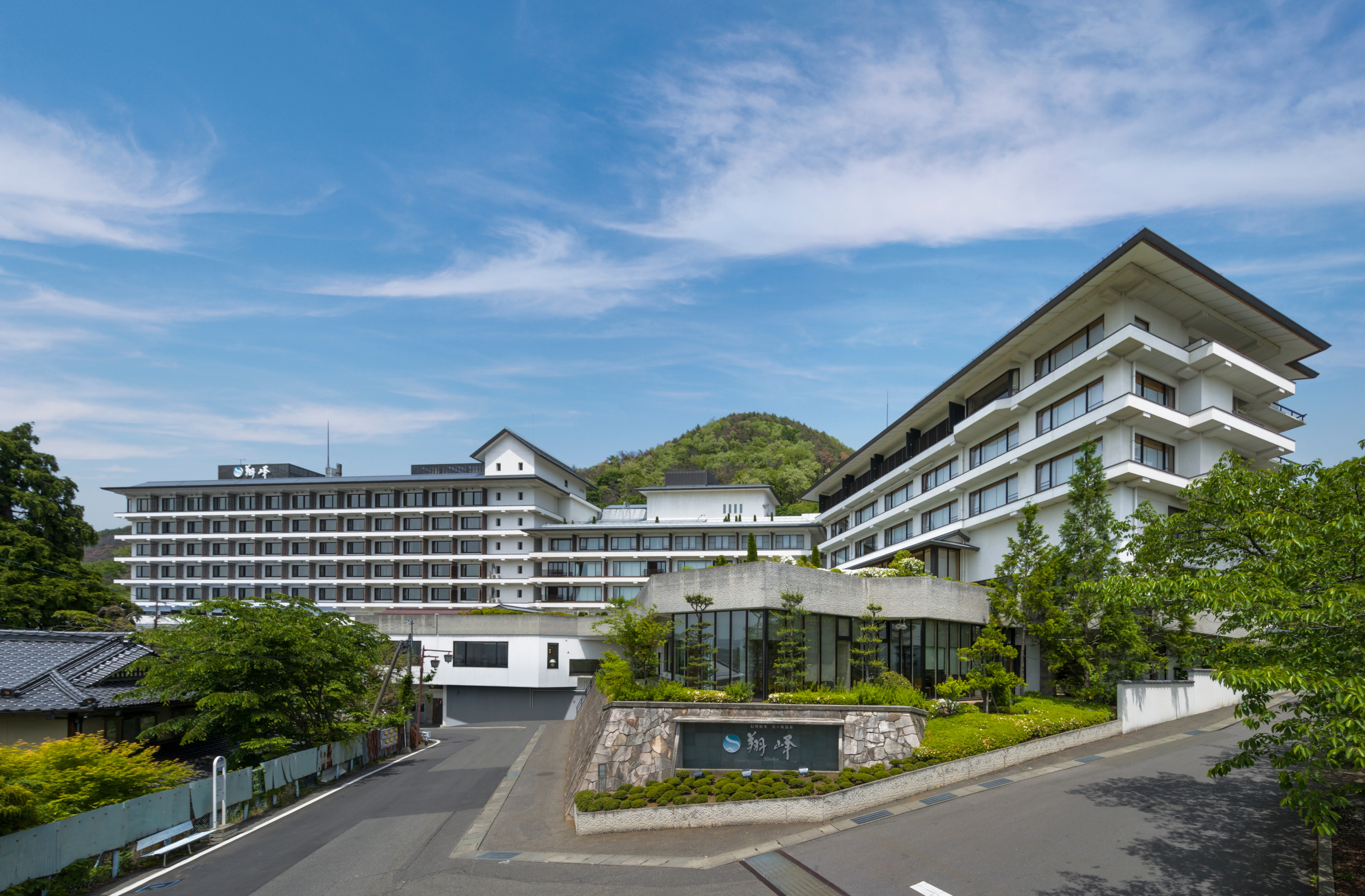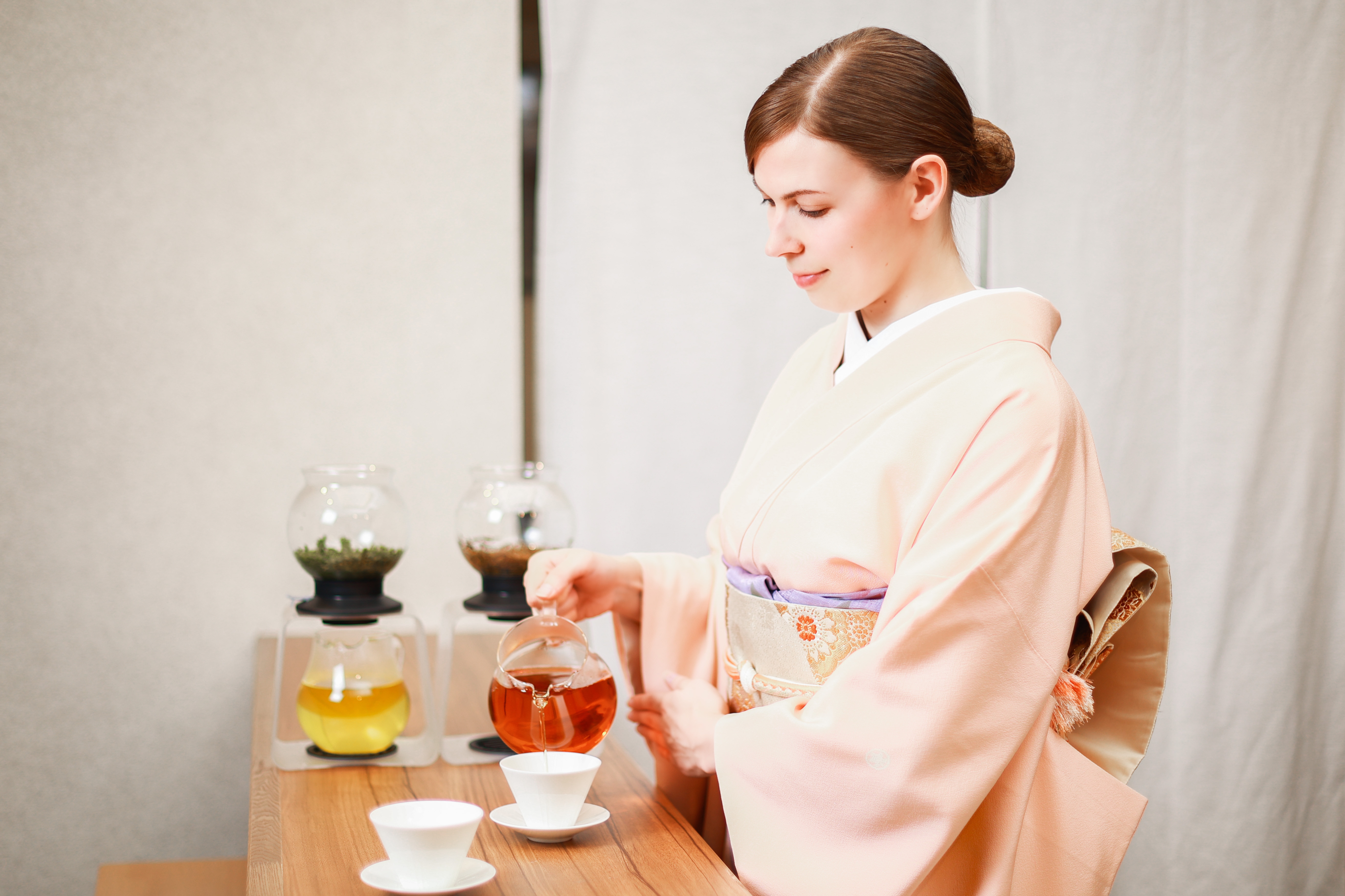TECH & CULTURE
The inconspicuous art and appeal of Japan’s ryokan and omotenashi.
October 28, 2022
Ryokan are the epitome of Japanese culture. Often referred to as Japanese inns, ryokan have been around for centuries and present the best aspects of Japanese culture such as its traditional cuisine, aesthetic interior, and natural baths. Staying at one is truly an experience that you cannot miss out on during a trip to Japan, but what exactly makes ryokan so special?

Of course, they offer a delicious multi-course kaiseki meal and relaxing onsen hot springs, but the most appealing aspect of Japanese culture at a ryokan to me is actually something invisible to the eye – omotenashi.
Omotenashi refers to the Japanese concept of hospitality, but it has key differences with what is called hospitality or “service” in the West. Arguably the most important difference lies in the idea behind it. In (Western) hospitality, great service is often provided with the expectation of some form of gratitude from the guest, which might also be a tip or a good review. On the other hand, omotenashi is more of an authentic desire to accommodate and care for guests as best as possible without expecting something from them in return (as most know, tips and such are not customary in Japan).
Omotenashi is a core concept of Japanese culture, and therefore intrinsically linked to ryokan. While I didn’t stay at a ryokan until later in my life, I experienced omotenashi when I first visited Japan at the age of 16. Intrigued by Japanese culture, I signed up for a high school exchange program, which took me to the castle town of Matsumoto in Nagano Prefecture, a wonderful place in Japan’s countryside that is filled with greenery and famous for the imposing Japan Alps. Here I participated in my first tea ceremony where I noticed just how much care was taken by the host, not just when preparing the tea itself, but also during everything before that - the presentation of the room, the selection of Japanese sweets, the cleaning of the tools that would be used. The tea ceremony is said to be the origin of omotenashi and it’s easy to see why. Everything is done with the utmost care and thoughtfulness for the guest.
The exchange itself was a life-changing experience, but it was only when I started travelling through Japan by myself a few years later that I understood just how deeply rooted omotenashi is in Japanese culture. You can find omotenashi basically everywhere, in restaurants where you are offered a cup of water and a hand towel on arrival, but also in trains, when employees bow when entering or leaving the train compartment. However, I found it most prevalent in ryokan, where the staff live and breathe omotenashi.
Omotenashi refers to the Japanese concept of hospitality, but it has key differences with what is called hospitality or “service” in the West. Arguably the most important difference lies in the idea behind it. In (Western) hospitality, great service is often provided with the expectation of some form of gratitude from the guest, which might also be a tip or a good review. On the other hand, omotenashi is more of an authentic desire to accommodate and care for guests as best as possible without expecting something from them in return (as most know, tips and such are not customary in Japan).
Omotenashi is a core concept of Japanese culture, and therefore intrinsically linked to ryokan. While I didn’t stay at a ryokan until later in my life, I experienced omotenashi when I first visited Japan at the age of 16. Intrigued by Japanese culture, I signed up for a high school exchange program, which took me to the castle town of Matsumoto in Nagano Prefecture, a wonderful place in Japan’s countryside that is filled with greenery and famous for the imposing Japan Alps. Here I participated in my first tea ceremony where I noticed just how much care was taken by the host, not just when preparing the tea itself, but also during everything before that - the presentation of the room, the selection of Japanese sweets, the cleaning of the tools that would be used. The tea ceremony is said to be the origin of omotenashi and it’s easy to see why. Everything is done with the utmost care and thoughtfulness for the guest.
The exchange itself was a life-changing experience, but it was only when I started travelling through Japan by myself a few years later that I understood just how deeply rooted omotenashi is in Japanese culture. You can find omotenashi basically everywhere, in restaurants where you are offered a cup of water and a hand towel on arrival, but also in trains, when employees bow when entering or leaving the train compartment. However, I found it most prevalent in ryokan, where the staff live and breathe omotenashi.

My first time at a ryokan was like entering a different world. One thing to note here, is that while ryokan are often referred to as Japanese-style inns or hotels, there are big differences between them. Although all offer lodging and food and drinks in some capacity, hotels are often viewed as just places to sleep. Having worked in both hotels and ryokan, a hotel is usually not the purpose of a trip but a means to an end, with the “end” being a visit to the surrounding city or sightseeing spots. Generally, guests will check into a hotel, leave their luggage, and then head out again. Only when it gets dark and they’ve had dinner, will guests return and retire to their room where they rest until morning.
On the other hand, once guests check into a ryokan, they generally don’t leave the premises, but rather spend all their time inside the ryokan until check-out the next day, enjoying the facilities that it has to offer. The ryokan is the purpose of their trip.
On the other hand, once guests check into a ryokan, they generally don’t leave the premises, but rather spend all their time inside the ryokan until check-out the next day, enjoying the facilities that it has to offer. The ryokan is the purpose of their trip.

The first ryokan I visited was nestled within a forest, and its Japanese aesthetic drew me in as I was greeted by several kimono-clad women. Once inside, I forgot about everything else as I was led to my room with its tatami floor. It was simplistic and aesthetically pleasing, with few decorations which might distract from the serene atmosphere. As I sat down at the table on the tatami floor, the staff poured me a cup of tea and explained the ins and outs of a ryokan. Little did I know at the time how much this tea means for omotenashi as the ultimate way to welcome someone. Hours later I was enjoying dinner with its many small dishes prepared with the utmost care that highlight the best flavors of the season and harmonize with each other perfectly. Not just in flavor, but also in terms of the texture of the food, the smell, and the colors. Afterwards I relaxed in the hot springs before going to sleep in the futon bed that was prepared for me. The warm welcome and incredible service I received from the staff during my time there is something that will stay with me forever.
The unforgettable experiences at ryokan during my travels, and the passion I feel for Japan and its culture have culminated into me moving to Japan in 2017 to start working in the hospitality industry here. I currently work at a 5-star ryokan called Utsukushigahara Onsen Shoho, located in Matsumoto City in Nagano Prefecture, where I perform a modern form of tea ceremony to guests every day, doing my best to make our guests feel as welcomed and cared for as I did throughout my years in Japan.
The unforgettable experiences at ryokan during my travels, and the passion I feel for Japan and its culture have culminated into me moving to Japan in 2017 to start working in the hospitality industry here. I currently work at a 5-star ryokan called Utsukushigahara Onsen Shoho, located in Matsumoto City in Nagano Prefecture, where I perform a modern form of tea ceremony to guests every day, doing my best to make our guests feel as welcomed and cared for as I did throughout my years in Japan.

Of course, I still have much more to learn about omotenashi and every day I notice more things from closely watching my colleagues. It is in the way they talk, move, and stand. While bigger gestures of hospitality are also important, it’s the small things, the barely noticeable details and unobtrusive gestures, that make omotenashi so special. Omotenashi doesn’t call attention to itself or ask to be acknowledged – it just is.
You might not notice that the waiter who serves your drinks tucks his finger slightly under the glass when he puts it down on the table to make sure it doesn’t make a sound. Or the way that the label of the beer you’ve been drinking is turned in your direction so you can look at it. There is an art to omotenashi that makes it so natural and smooth that it is almost unnoticeable.
It is this that elevates ryokan to another level, and I would highly recommend anyone visiting Japan to spend a night there and experience Japanese culture at its finest. When you are there, you might be just as mesmerized as I was by everything around you. And as you sip the tea that was carefully prepared for you, I hope you will feel the warmth of omotenashi and understand the incredible appeal of ryokan.
You might not notice that the waiter who serves your drinks tucks his finger slightly under the glass when he puts it down on the table to make sure it doesn’t make a sound. Or the way that the label of the beer you’ve been drinking is turned in your direction so you can look at it. There is an art to omotenashi that makes it so natural and smooth that it is almost unnoticeable.
It is this that elevates ryokan to another level, and I would highly recommend anyone visiting Japan to spend a night there and experience Japanese culture at its finest. When you are there, you might be just as mesmerized as I was by everything around you. And as you sip the tea that was carefully prepared for you, I hope you will feel the warmth of omotenashi and understand the incredible appeal of ryokan.
